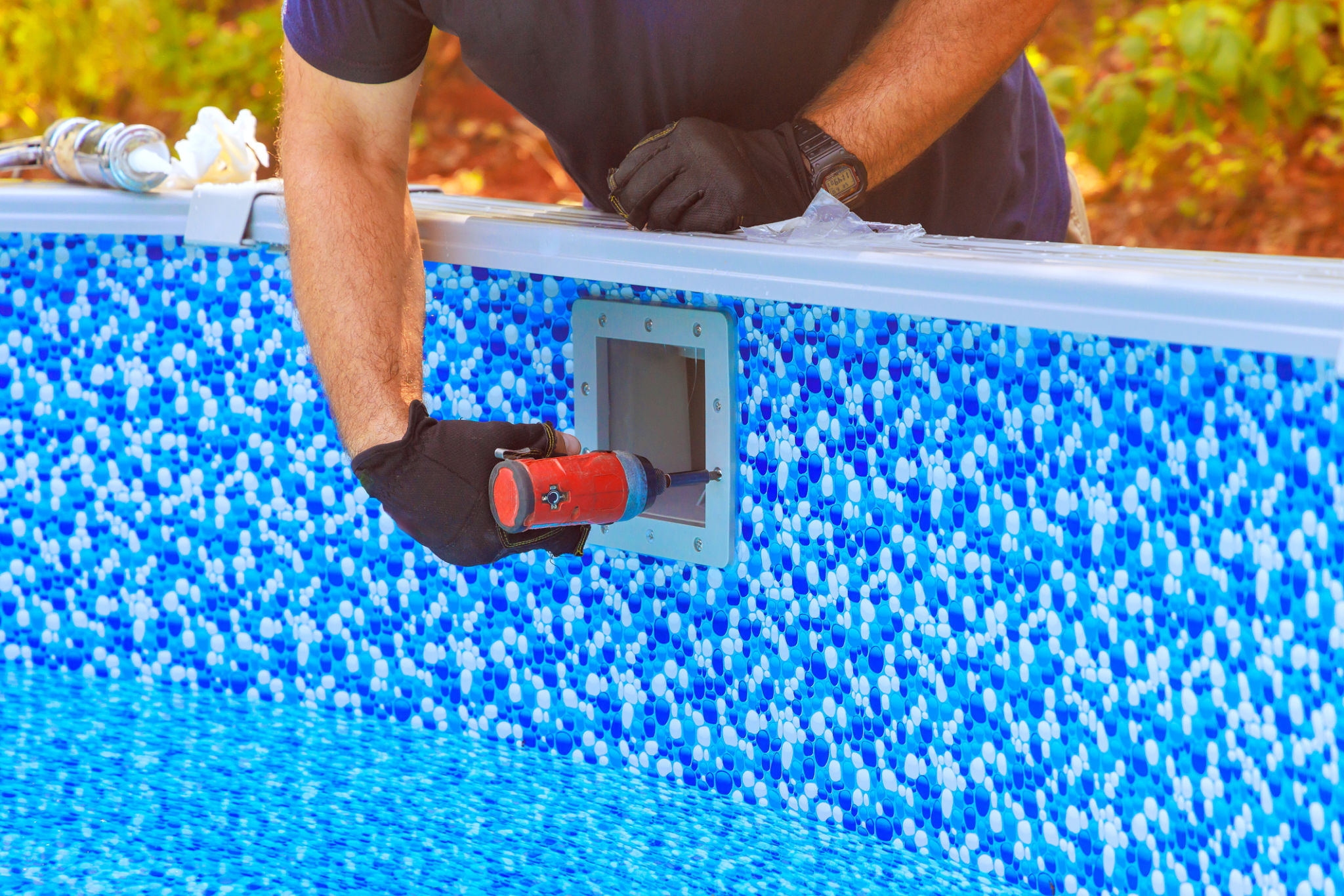DIY Pool Maintenance: Tips and Tricks for the Handy Homeowner
Understanding Your Pool's Needs
Maintaining a pool can seem daunting, but with a little know-how, any homeowner can keep their pool sparkling clean and ready for swimming. Understanding your pool's specific needs is the first step towards effective DIY pool maintenance. This involves familiarizing yourself with the types of chemicals, equipment, and tools necessary to keep the water healthy and safe for use.
To start, ensure you have a basic pool maintenance kit that includes a skimmer, vacuum, brush, test strips, and chemicals like chlorine and pH balancers. Regular maintenance checks will prevent larger issues and help you enjoy your pool all season long.

Maintaining Water Chemistry
One of the most crucial aspects of pool maintenance is keeping the chemistry of your pool water balanced. This means regularly testing and adjusting the levels of chlorine, pH, alkalinity, and calcium hardness. Proper chemical balance not only ensures clear water but also prevents bacterial growth.
Test your pool water at least once a week using test strips or a liquid test kit. Aim for a pH level between 7.2 and 7.6. Chlorine levels should be maintained between 1-3 parts per million (ppm). Remember, consistent monitoring and adjustment will prevent algae blooms and cloudy water.
Cleaning the Pool
Regular cleaning is essential to maintaining a pristine pool environment. Use a skimmer net to remove leaves and debris from the surface of the water daily. This not only helps in keeping the pool clean but also reduces the workload on your filter system.

For more thorough cleaning, vacuum your pool weekly to remove dirt and debris that may have settled at the bottom. Additionally, brush the walls and tiles to prevent algae buildup and maintain a smooth surface.
Filter Maintenance
Your pool's filter system is its heart, keeping water circulating and free from debris. Depending on your filter type—whether sand, cartridge, or diatomaceous earth (DE)—maintenance will differ. Generally, cleaning or backwashing should be performed every 4-6 weeks or as needed based on usage.
Remember to routinely check your pump and filter pressure gauges. If the pressure rises 8-10 psi above the normal operating level, it's time to clean or backwash your filter. A well-maintained filter ensures efficient pool operation.

Seasonal Tips
Seasonal changes bring different challenges for pool owners. In spring and summer, increased usage may require more frequent checks and adjustments. During fall, remove fallen leaves promptly to prevent clogging your filter system.
In winter, if you choose not to close your pool, make sure to run your pump periodically to prevent freezing and maintain circulation. Consider using a pool cover to protect against debris accumulation when not in use.
DIY Problem Solving
Even with diligent care, issues can arise with pools. For minor problems like cloudy water or minor leaks, there are many resources available online that guide you through troubleshooting steps before calling in a professional.
Being proactive with regular inspections can help catch potential problems early, saving you time and money in the long run. Embrace DIY solutions whenever possible to enhance your skills as a handy homeowner.
By understanding these essential tips and tricks for DIY pool maintenance, you can ensure your pool remains an inviting oasis throughout the swimming season. With regular care and attention, you'll enjoy many refreshing moments in your backyard retreat.
